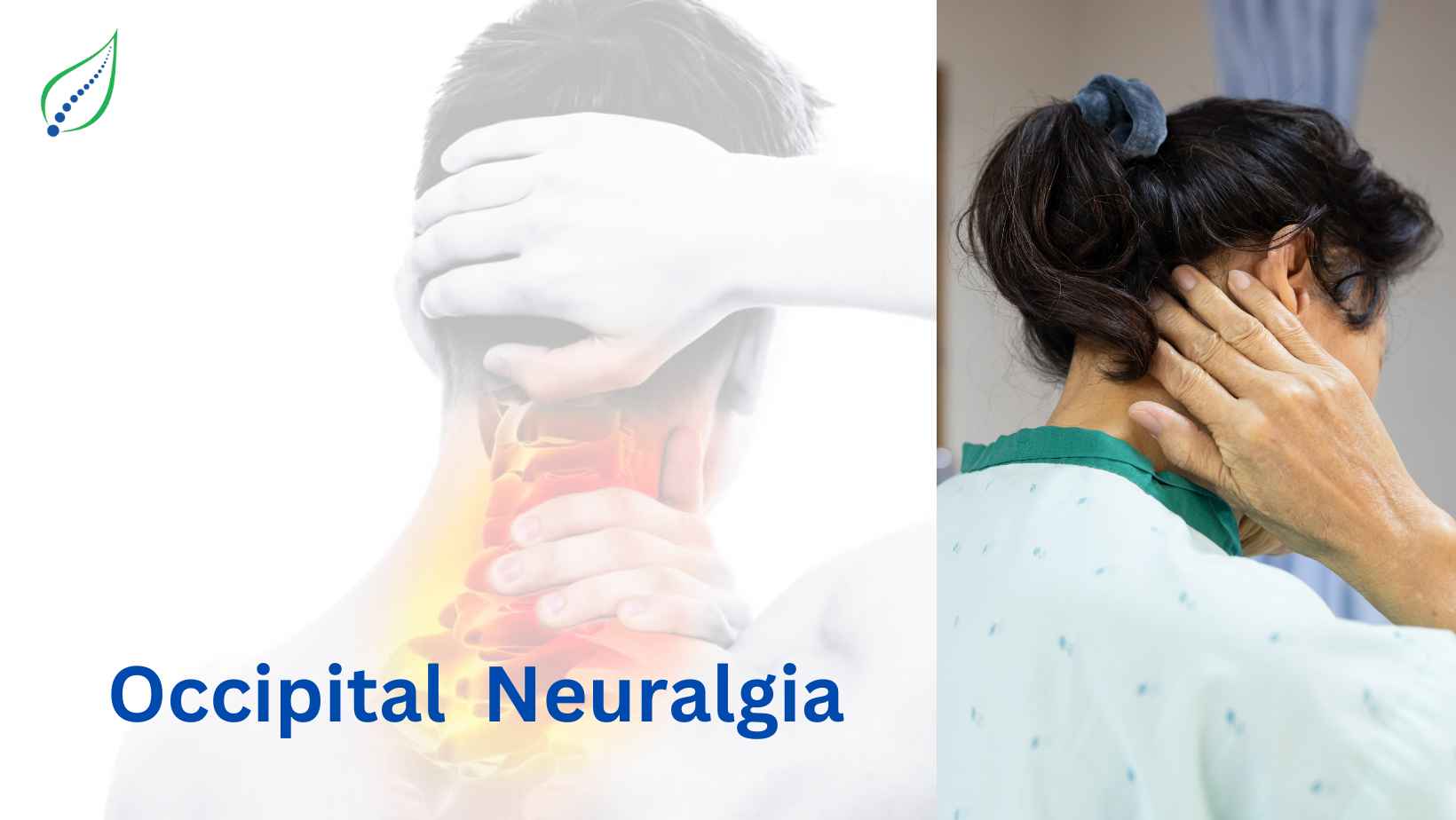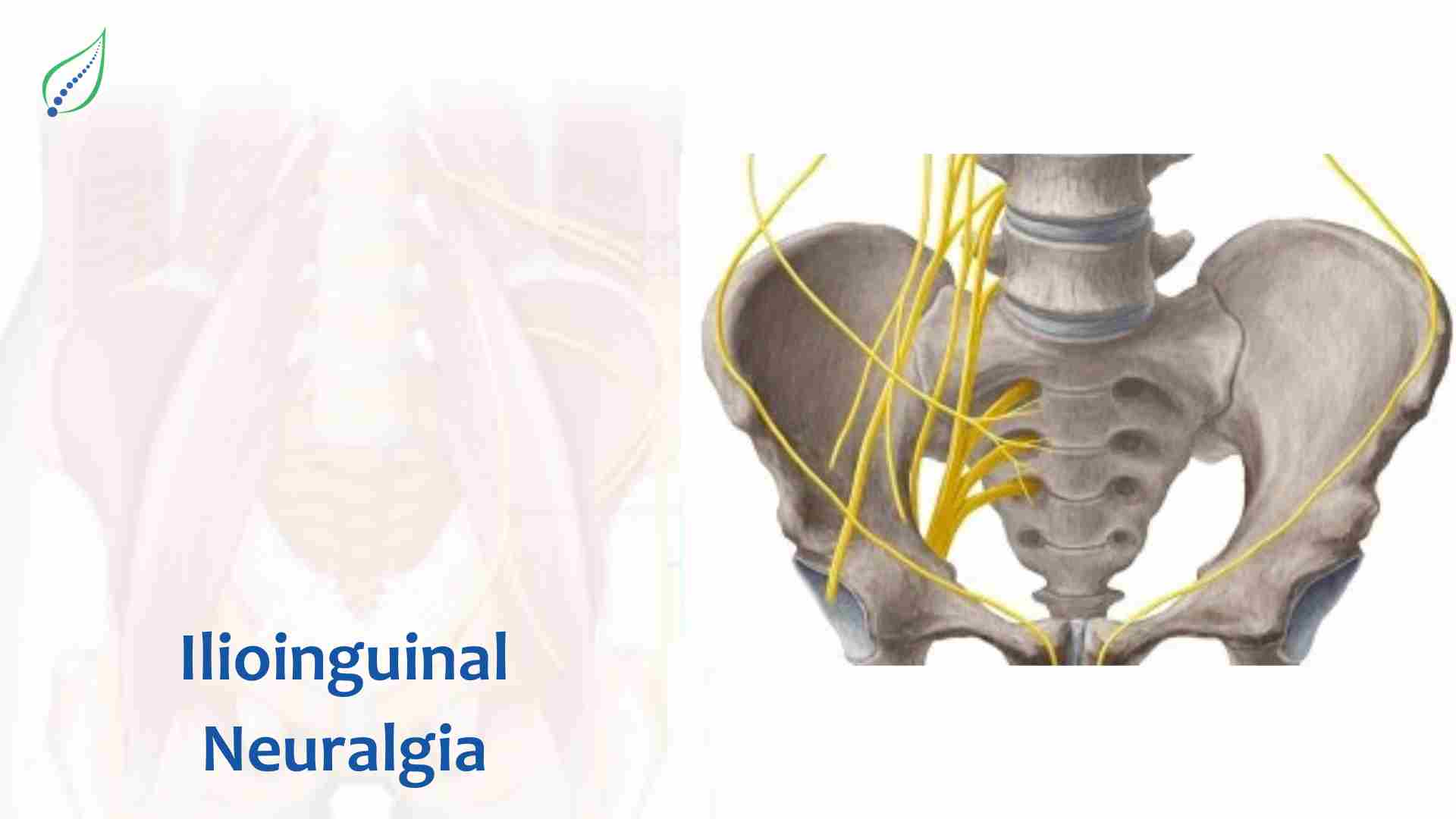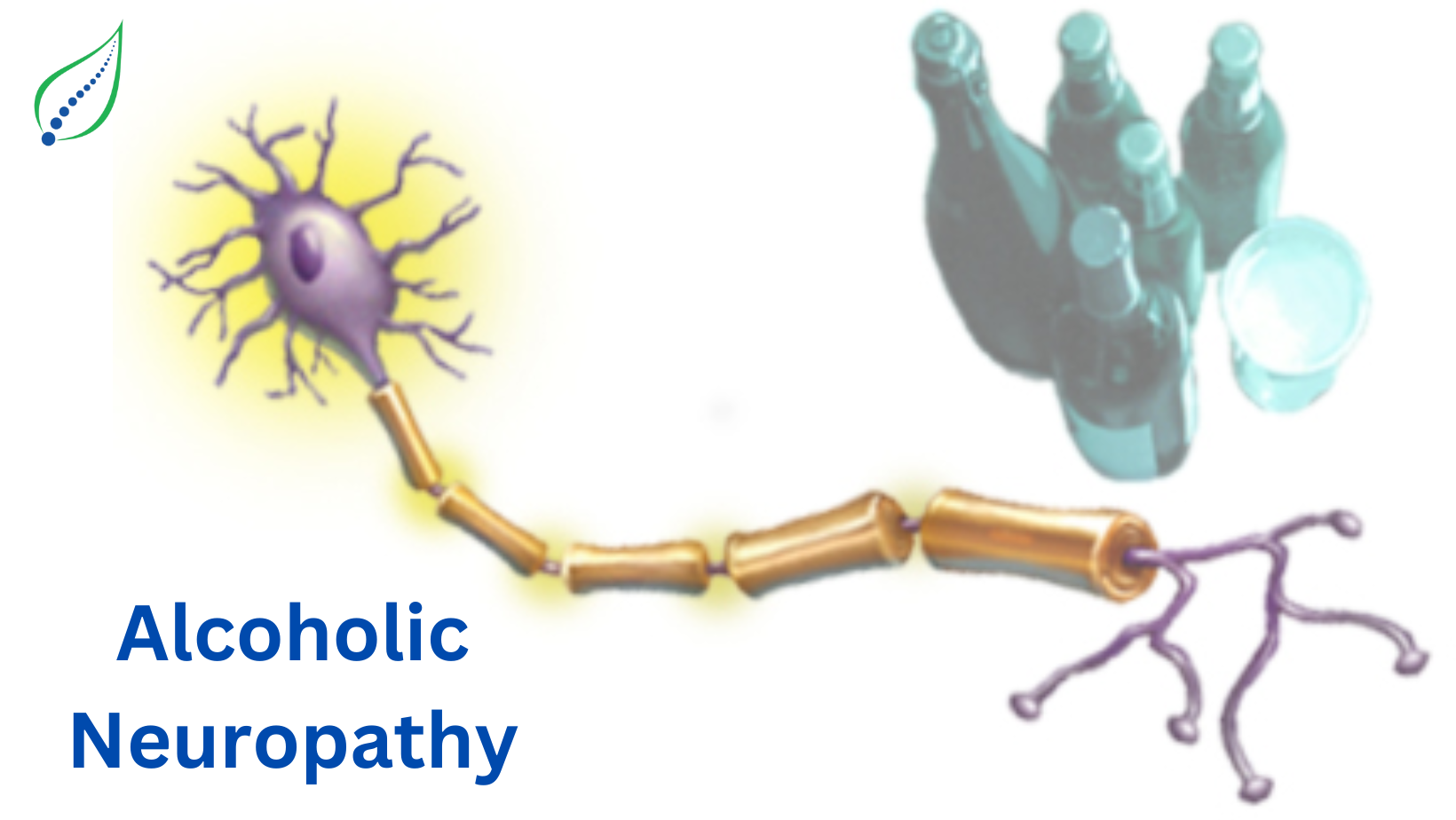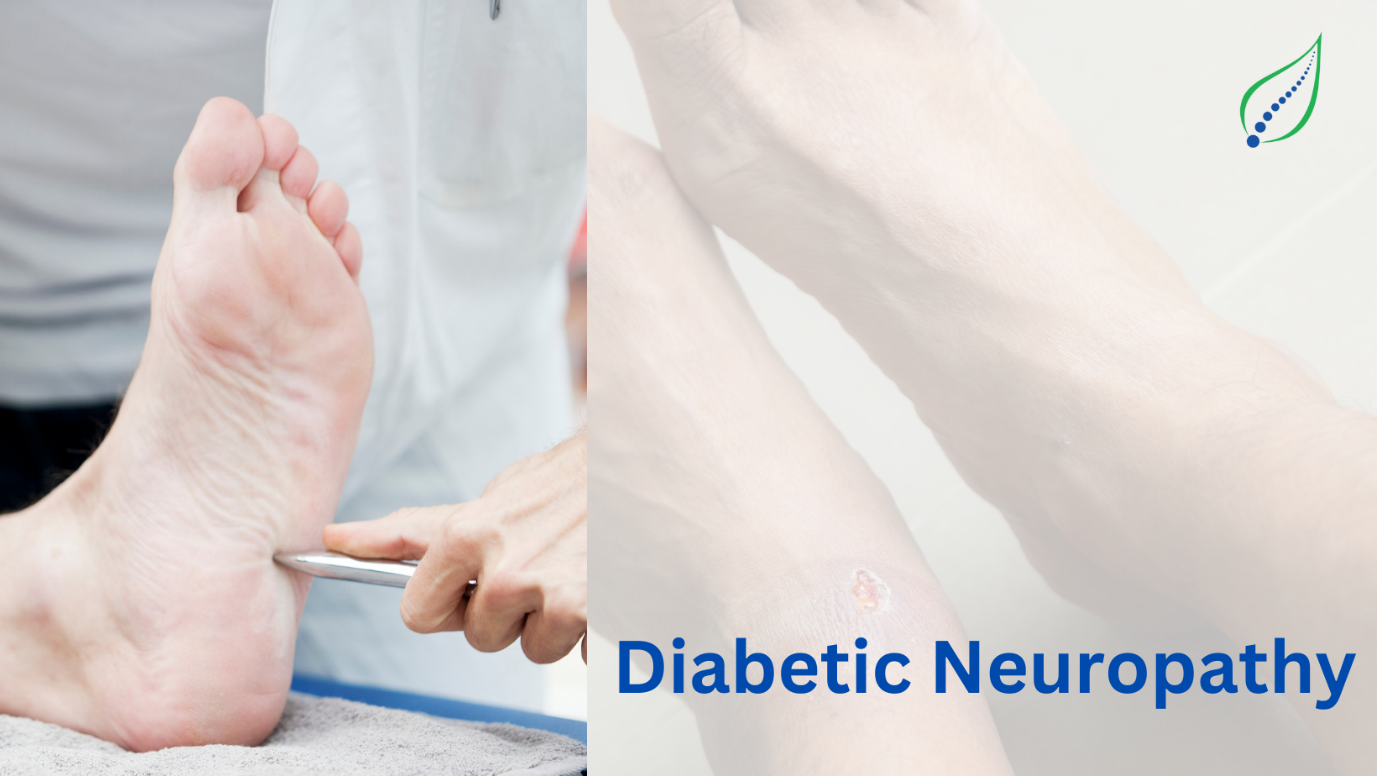Occipital Neuralgia
It is a painful condition that occurs when the occipital nerves that run from the top of your neck to your scalp are compressed or irritated. Throbbing or aching pain, sharp shooting pain that typically starts where the back of your head meets your neck. Pain that radiates to one side of your head, down your neck and/or back, pain behind your eye.
These symptoms can be caused by irritation of the occipital nerves along their path, which may occur:
Spontaneously, as a result of a pinched nerve root in your neck due to an injury or surgery. Commonly the roots of C2 and/or C3 at the top of your cervical spine are affected.
Due to irritation/compression from tight neck muscles. This muscle tightness may be associated with physical or emotional stress.
Treatment:
Non-steroidal anti-inflammatory drugs (NSAID’s): Non-steroidal anti-inflammatory drugs (NSAID’s) to help with pain and inflammation.
Rest and Ice application: Avoid repetitive motion of the neck. Applying ice pack will alleviate the pain.
Local Injection: Local steroid injection procedure done on OPD basis around greater occipital nerve. It helps to reduce the inflammation around the nerve.
Radiofrequency Neurotomy: In radiofrequency neurotomy, a small amount of electrical current is used to block the occipital nerves that feel pain. This gives pain relief for a long time. In this procedure, a needle is placed near the painful nerve to complete the ablation procedure.
Neck massage. Apply gentle pressure from your fingertips at the base of your skull. This massage can help calm tight muscles and release tension. You can also place a rolled towel under your head and neck as you lie down on your back. The pressure from the towel can provide a gentle massage. Stop immediately if the massage aggravates your pain.
Manual Therapy:
Chin tuck exercise: Do chin tucks regularly. Some cases of occipital neuralgia may be related to poor posture stressing the nerves. The chin tuck exercise aims to stretch the muscles and connective tissue in the painful area and strengthen the muscles that align your head over your shoulders.
Sub occipital stretch: Stand with your upper back against a wall, feet shoulder-width apart. Face forward, tuck your chin down, and pull your head back until it meets the wall. Try to bring your head back in a straight line without tilting it back or nodding forward. Hold the stretch for 30 seconds before resting, and repeat 2 times. If this exercise increases pain or discomfort, stop immediately.




